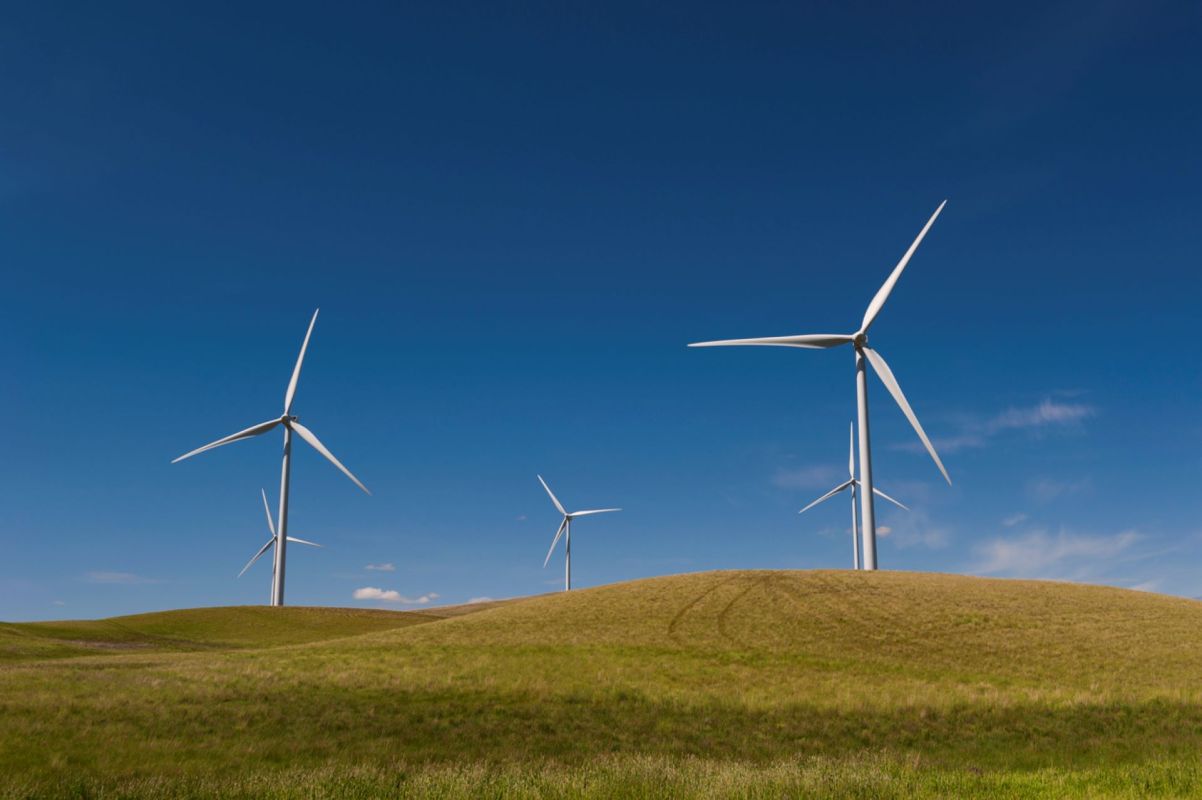A startup company called Canvus is supersizing upcycling by turning retired wind turbine blades into park benches, planters, and picnic tables.
According to the U.S. Department of Energy, the country will retire up to 9,000 wind turbine blades per year by 2026, and the agency expects this number to grow.
Ohio-based Canvus is helping out by keeping the blades — which vary in size but can measure over 300 feet and are made mostly out of fiberglass — out of landfills and turning them into functional art like planters and benches.
 Do you want a giant wind farm in your state?
Do you want a giant wind farm in your state?
 YES
YES 
 NO
NO 
 Click your choice to see results and speak your mind
Click your choice to see results and speak your mind
"We developed products that not only serve essential function(s) needed in our public spaces, but also bring a sense of excitement and uniqueness," the company says on its website, adding that its offerings are maintenance-free and built to last more than 25 years.
The company was founded in 2022, and turbine manufacturers like Vestas, GE, and Avangrid have already sent in thousands of their spent blades.
These gargantuan parts arrive at the Canvus factory in 40-foot sections. They're then cut using a rope saw and finished with epoxy paint. The company also utilizes other types of recycled materials like old tires, shoes, and plastic waste.
Canvus collaborates with nonprofit and civic organizations to place their finished products, which are paid for by sponsors. For instance, in Cleveland, two Canvus benches sit in front of the Great Lakes Science Center.
The company also works with local artists, who paint on their products — the two benches outside the science center feature artwork depicting a treescape and a flock of mushrooms.
Brian Donahue, Canvus' vice president of corporate affairs, told Electrek that his company has already sold "hundreds if not thousands" of products. He also said they hope to eventually upcycle 10-15 thousand blades a year, which should successfully keep many, if not all, retired blades out of landfills, per DOE estimates.
Canvus' blade recycling initiative is just one example of creative upcycling.
TCD Picks » Upway Spotlight

For instance, one Kenyan biochemistry major came up with a project to transform plastic waste into brightly colored benches, which have been built at a primary school. Single-use bottles are collected and then filled with plastic debris and sand. Then, they crush them into bricks.
And one Japanese startup is transforming thrown-out food into concrete, 3D-printed furniture. First, it dries the food scraps — including cabbage, orange and onion peels, tea leaves, and coffee grounds — and then compresses them into molds at high temperatures to form cement.
As for Canvus' functional community art, it's an "Interesting idea,'' according to one person on the Electrek forum. "I would like to see more of the finished works."
Join our free newsletter for cool news and actionable info that makes it easy to help yourself while helping the planet.














